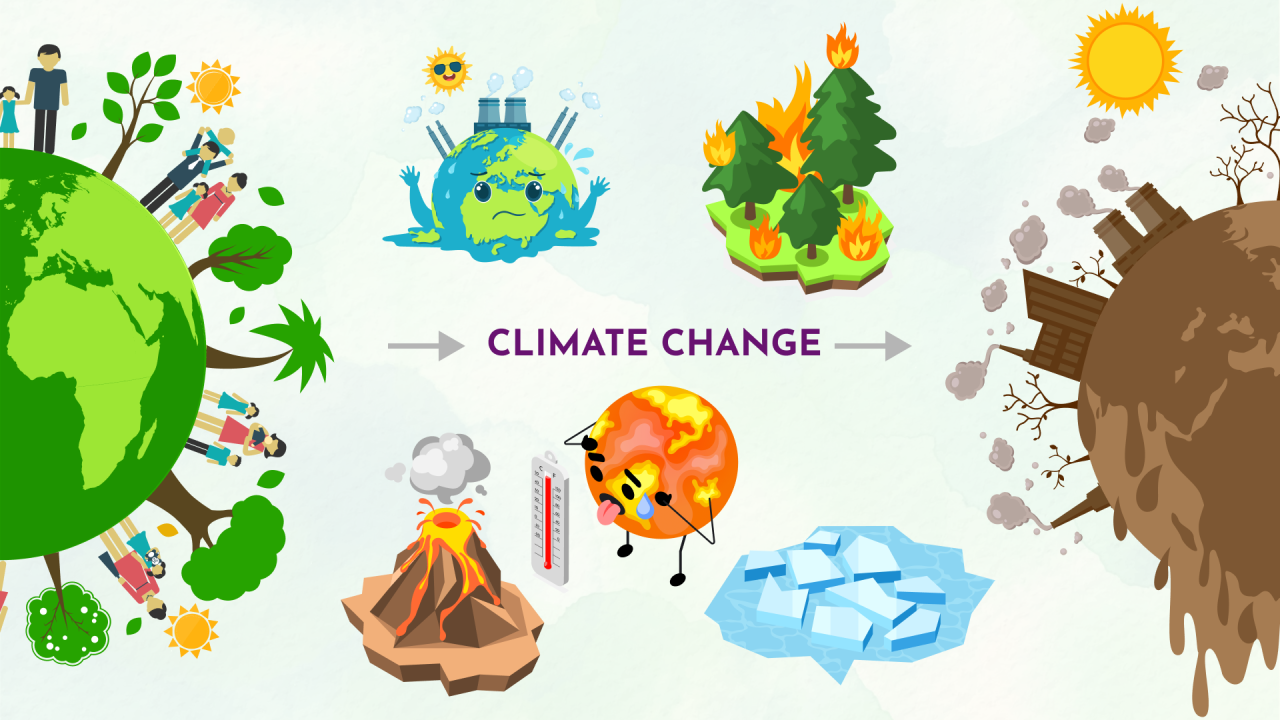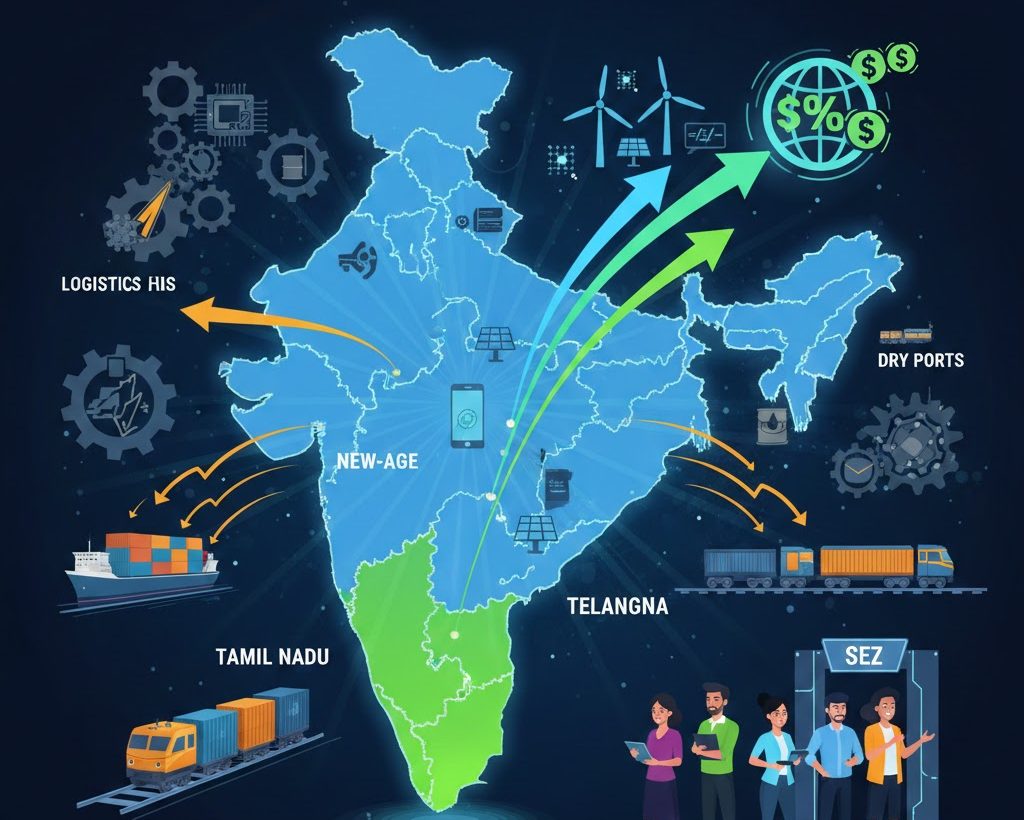Font size:
Print
Comparison Between USA and India President Election
Context:
The forthcoming debate between Kamala Harris and Donald Trump highlights the stark differences in electoral processes between the U.S. and India. There is also a growing debate on whether to include such a Debate structure in India during elections.
Comparison of President election in both countries:
Election Method
-
- USA: Direct election via Electoral College (citizens vote).
- India:Under Article 54 The President shall be elected by the members of an electoral college consisting of—
- The elected members of both Houses of Parliament; and
- The elected members of the Legislative Assemblies of the States.
- “State” includes the National Capital Territory of Delhi and the Union territory of Puducherry.
Term Length
-
- USA: 4-year term, maximum of 2 terms.
- India: 5-year term, no term limits.
Role and Powers
-
- USA: Head of state and government with real executive powers.
- India: Only Head of State (Ceremonial head) and not Head of the Government, executive powers lie with the Prime Minister.
Legislative Accountability
-
- United States: The President is not a member of Congress and operates independently of it, focusing on executive functions and not being directly accountable to the legislature.
- India: The President is part of Parliament and shall act on the advice of the Council of Ministers, led by the Prime Minister(Article 74).
Impeachment Process:
-
- USA: House impeaches, Senate conducts trial requiring a two-thirds vote for conviction.
-
- Treason, bribery, or other high crimes and misdemeanours are the causes of impeachment against the President.
-
- India: Parliament requires a two-thirds majority for removal(Article 61).“Violation of the Constitution” is the only ground for impeachment.
Veto Power
-
- US: Strong veto power over legislation including the ability to reject legislation passed by Congress.However, Congress can attempt to override this veto with a two-thirds majority in both the House and Senate.
- The USA President has four vetoes: pocket, suspensive, absolute, and qualified.
- India: The Indian President has three vetoes: pocket, suspensive, and absolute.




